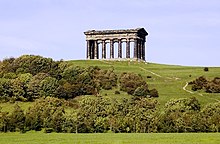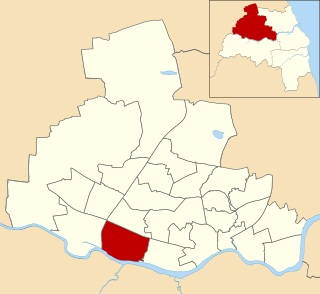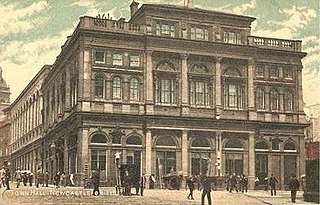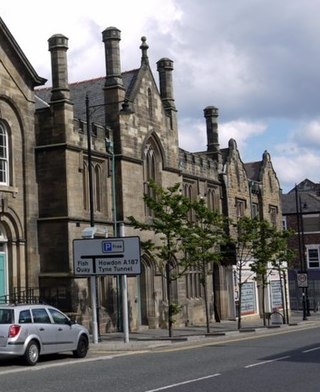Biographies
John Green

John Green was born on 29 June 1787 at Newton Fell House, Nafferton, two miles north of Ovington, Northumberland. He was the son of Benjamin Green, a carpenter and maker of agricultural implements. After finishing school, he worked in his father's business. The firm moved to the market town of Corbridge and began general building work with young John concentrating on architectural work. About 1820, John set up business as an architect and civil engineer in nearby Newcastle upon Tyne.

John Green married Jane Stobart in 1805, and they had two sons, John (c.1807–68) and Benjamin (c1811-58), both of whom became architects. Little is known about the career of John, but Benjamin worked in partnership with his father on many projects.
In 1822 John Green designed a new building for the Newcastle Literary and Philosophical Society. The building, which houses the society's substantial library, is still in use today. He also designed a number of farmhouses, being employed on the Beaufront estate near Hexham and also on the Duke of Northumberland’s estates.
John Green was principally a civil engineer, and built several road and rail bridges. In 1829–31 he built two wrought-iron suspension bridges crossing the Tyne (at Scotswood) and the Tees (at Whorlton). The bridge at Scotswood was demolished in 1967 but the one at Whorlton still survives. When the High Level Bridge at Newcastle was proposed ten years later, John Green submitted plans, but those of Robert Stephenson were accepted by the York, Newcastle and Berwick Railway. Green also built a number of bridges using an innovative system of laminated timber arches on masonry piers, the Weibeking system, based on the work of Bavarian engineer C.F. Weibeking. The two he built for the Newcastle and North Shields Railway, at the Ouseburn and at Willington Quay remain in use, though the timbers were replaced with wrought iron in a similar lattice pattern in 1869. In 1840 he was elected to the Institution of Civil Engineers, and in 1841 he was awarded the institution's Telford Medal for his work on laminated arch design.
John Green died in Newcastle on 30 September 1852.
Benjamin Green


Benjamin Green was a pupil of Augustus Charles Pugin, father of the more famous Augustus Welby Northmore Pugin. In the mid-1830s he became a partner of his father and remained so until the latter's death in 1852. The two partners differed somewhat. John has been described as a 'plain, practical, shrewd man of business' with a 'plain, severe and economical' style, whereas Benjamin was 'an artistic, dashing sort of fellow', with a style that was 'ornamental, florid and costly'.
The Greens worked as railway architects and it is believed that all the main line stations between Newcastle and Berwick upon Tweed were designed by Benjamin. In 2020 Morpeth Station was restored to Green's original designs following a £2.3M investment. They also designed a number of Northumbrian churches, the best examples being at Earsdon and Cambo.
The Green's most important commissions in Newcastle were the Theatre Royal (1836–37) and the column for Grey's Monument (1837–38). Both of these structures were part of the re-development of Newcastle city centre in neo-classical style by Richard Grainger, and both exist today. Although both of the partners were credited with their design, it is believed that Benjamin was the person responsible.

Another well-known structure designed by the Greens is Penshaw Monument (1844). This is a folly standing on Penshaw Hill in County Durham. It was built as a half-sized replica of the renowned Temple of Hephaestus in Athens, and was dedicated to John George Lambton, first Earl of Durham and the first Governor of the Province of Canada. The monument, being built on a hill is visible for miles around and is a famous local landmark. It is now owned by the National Trust.
Benjamin Green survived his father by only six years, and died in a mental home at Dinsdale Park, County Durham on 14 November 1858.












